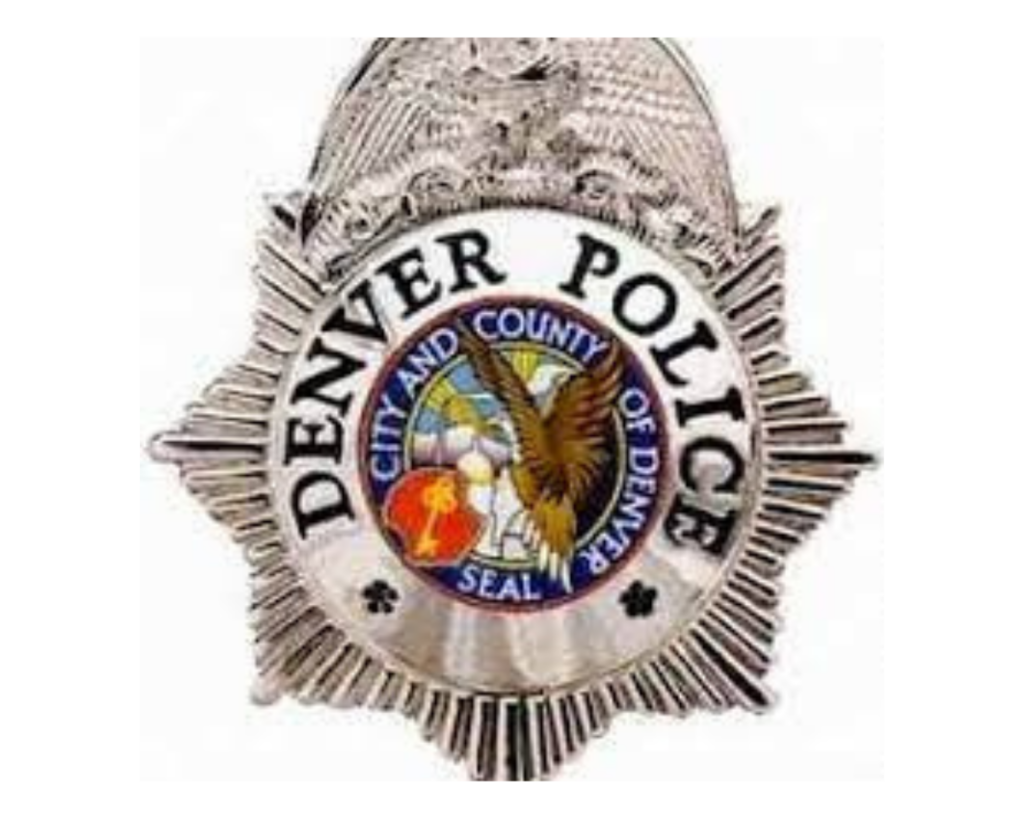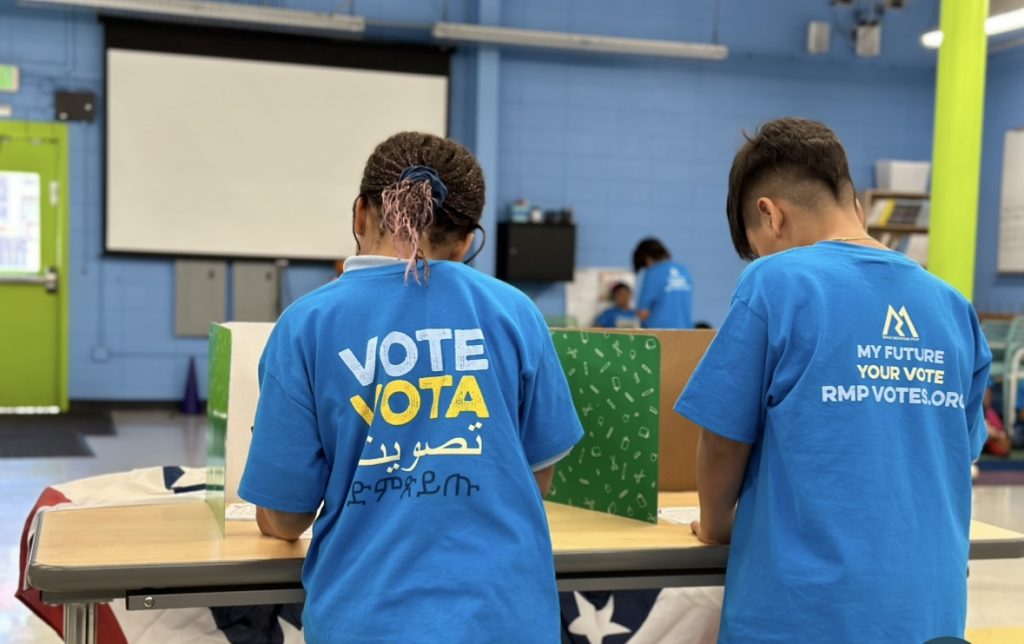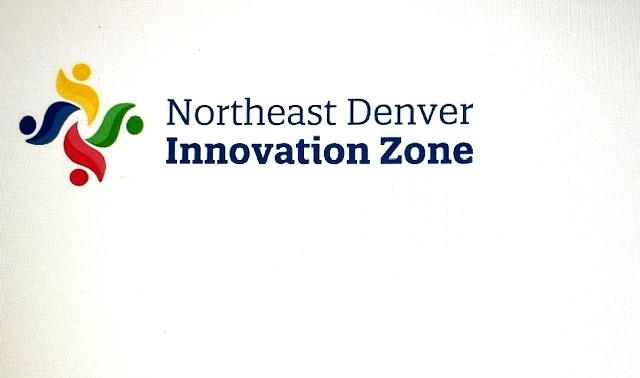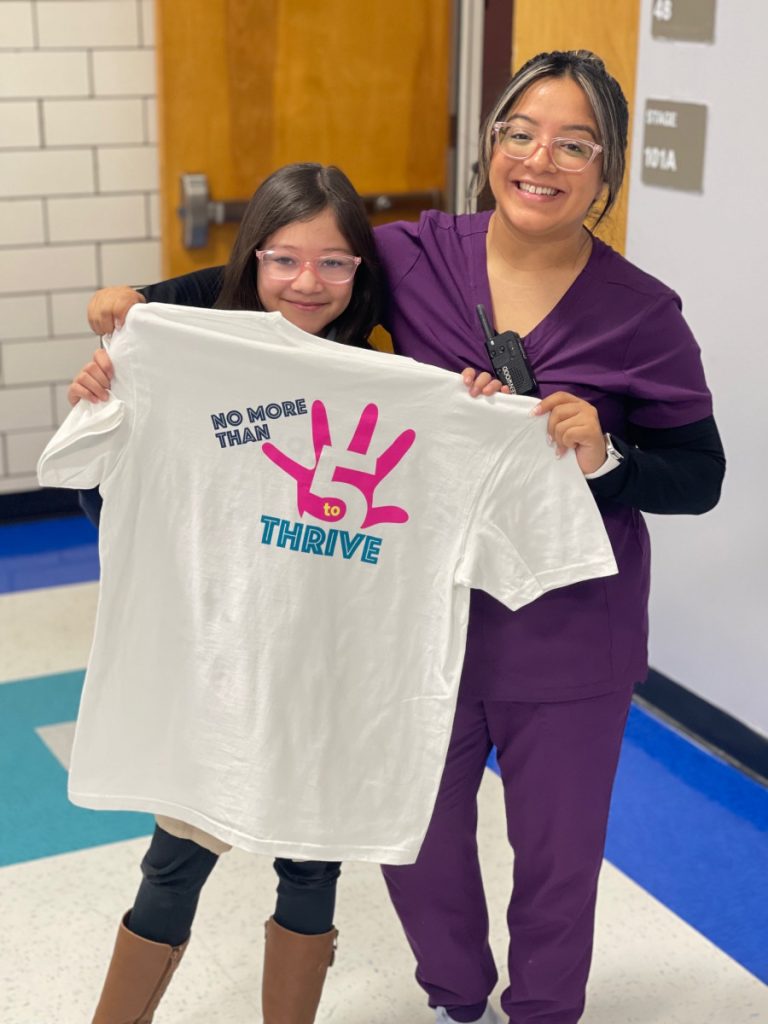School resource officers return to Denver high schools this week after a nearly three-year absence, reigniting the debate whether police will make schools safer.
The Denver Police Department is assigning two armed police officers to East High and one officer each at these 12 high schools: North, West, South, Montbello, George Washington, Thomas Jefferson, Lincoln, Kennedy, Manual, Northfield, Denver Martin Luther King Jr. Early College, and the Evie Dennis campus.
The DPD is funding the cost until the end of the school year.
“Additionally, an officer in each police district will continue to work as a liaison to the leadership teams of middle and high schools in their respective police districts to assist with any safety concerns,” said Michael Strott, spokesman for Mayor Michael Hancock.
Superintendent Alex Marrero and the Board of Education decided to reinstate student resource officers (SROs) after an East High student shot two administrators on March 22. A month earlier, East High student Luis Garcia was shot and killed while sitting in his car near the school.
The decision reverses a unanimous school board vote in June 2020 to terminate its SRO contract with Denver Police after nationwide protests over the killing of George Floyd by a Minneapolis police officer.
Critics – including some school board members — have argued that research shows SROs do not enhance school safety. However, a deeper review by Boardhawk of dozens of studies suggests more nuanced conclusions.
No independent research has been done on resource officers in Denver Public Schools in recent years, but there have been many school safety studies outside of Colorado.
“There is currently very little rigorous evaluative research on the effects — in terms of school safety — of having a police presence in schools,” wrote researchers Alexis Stern and Anthony Petrosino of the WestEd Justice and Prevention Research Center in a 2018 summary of SRO studies. WestEd is a nonpartisan research, development and service agency that works with 13 states, including the Colorado Department of Education.
“Another weakness of the existing studies is that they often focus on just the presence or absence of school-based law enforcement on campus, not on any other factors that might influence the impact of school-based law enforcement, such as how officers are selected, what roles they have in the school, their training, and the support they receive from the school and police administration,” the researchers wrote.
Best practices require skills beyond arrests
Training and professional development are key to the success of SROs along with recruiting officers who want to become a positive member of the school community, said Sgt. Mark Mithuen, president of the Colorado Association of School Resource Officers. Mithuen and another Douglas County Sheriff’s sergeant oversee 27 SROs in 59 Douglas County schools.

“As SROs, officers and deputies must have a mindset to want to be at a school to help kids,” he said. “Yes, you are there to protect students and staff, but you are there to be that mentor, that coach, that supporter who does everything you can to build trust and relationships…You want to avoid having to arrest a teenager and turn them over to the juvenile justice system.”
Some of the officers being assigned to Denver schools worked previously as SROs, and a Denver Police spokesman said the department “has been working diligently to select officers” qualified for the job. Mithuen recommended that the new SROs in Denver high schools undergo training offered by the national resource officer association that deal with digital and social media safety, mental health, substance abuse, de-escalation, threat assessment, emergency response, and other related topics.
Studies measure safety in different ways
Research done elsewhere from 2011 to 2021 analyzed a host of different measurements involving safety, such as suspensions/expulsions, arrests, weapons, drug use, bullying and other reported incidents involving SROs. Several found similar results about disproportionate discipline and arrests of students of color – particularly Black male high school students – than their white counterparts.
In Colorado, a report by Education Week analyzing federal and state data from the 2013-14 school year found that nearly 11% of students who were arrested in public schools and referred to law enforcement were Black, more than twice the percentage of Black students who attended schools that year. By contrast, 41% of students arrested and referred to law enforcement were white compared to 55% of total white students attending Colorado schools that year.
In terms of perceptions, many Denver students, parents and teachers have called for more security at high schools since the East High shootings, but no SRO survey has been done.
Elsewhere, a 2022 study by University of Virginia professors for the Journal of School Violence surveyed more than 22,000 middle and high school teachers, with 86% agreeing that SROs made them feel safer at their school. A related survey of Virginia high school students found that the majority believed SROs made their school safer, although about one-third of Black students disagreed.
As Education Week noted in an in-depth November 2021 report on SROs, studies often analyze safety in disparate ways:
“Is a safe school one that has few or no violent incidents? One replete with bulletproof glass and metal detectors? One that values strong, warm relationships among faculty and students? Opinions differ, school communities prioritize different ideas about safety, and not all the different notions are easily compatible.
“That said, by at least one definition, they do appear to make a difference in one dimension of safety. A series of recent studies conclude that the presence of SROs does appear to lead to declines in violent incidents in schools, such as rape, robbery, and physical attacks.
“On the other hand, it is far from clear that SROs do much to prevent school shootings—the very phenomenon that prompted a large increase in their numbers in the past decade.”
Rapid response to violence
Assessing whether SROs deter school shootings is difficult to determine given that statistics report shootings that occur, not threats that don’t materialize. However, advocates note, SRO response to an active shooter typically is quicker than dispatching police from elsewhere, which can save lives.
Last November, for example, SROs at Aurora Central High School responded quickly to apply medical aid to students who were shot at a park across the street from the school.
“We had APD school resource officers and APS security officers rush to provide emergency care for the victims,” said Aurora School Board President Kyla Armstrong-Romero at the time.
More guns than people
One trend is not debatable: School violence has increased dramatically in recent years.
According to the school shooting database compiled by the Washington Post, nearly 350,000 students nationwide have experienced violence in 376 schools since the 1999 massacre at Columbine High School. There were more school shootings last year – 46 – than any previous year. The federal Centers for Disease Control reports 3,600 children and teens died last year from guns, and gun deaths (including suicides) surpassed auto accidents in 2020 as the leading cause of death for those 18 and under.
The proliferation of guns in the United States continues to grow, with current federal estimates ranging from 352 million to 465 million firearms – more guns than the entire U.S. population.
And in Colorado, a new survey published in March in the Journal of the American Medical Association shows that one in four high school students responded that they could obtain a loaded firearm within 24 hours.
Beyond school policing
Making schools safe, however, is a lot more complicated than guns. Assaults, fights, drugs, bullying, mental health crises and other problems are far more commonplace than firearms.
Nationally, less than half of public high schools report having mental health treatment — such as medication or counseling — available to students, according to the National Center for Education Statistics. That was cited in an April 2021 report by researchers for Brookings Justice Policy Institute as part of their concerns that some SROs contribute to the “school-to-prison pipeline” by arresting too many students at a young age.
They argue that policymakers should rethink deploying more police officers in schools and instead “invest in communities and the types of approaches that are more likely to make schools safe, such as well-trained counselors, social workers and teachers, and alternative and restorative justice practices to address problematic behavior.”
The Denver school board and educators across Colorado have called for more state and local funding to bolster mental health services as critical for school safety. All DPS-run schools currently have at least one mental health provider, such as a social worker or school psychologist. DPS also provides other mental health services, including a District Crisis Recovery Team to help when emergencies occur that requires assistance beyond the school’s staff.
Several bills introduced in the current legislative session are aimed at helping students with additional mental health services, such as Senate Bill 23-004 that would allow schools to hire therapists who are not licensed by the Colorado Department of Education but hold appropriate professional licenses.
For next school year and beyond, the Denver school board has asked Superintendent Alex Marrero to develop a long-term safety plan for all schools that will examine issues such as SROs, discipline, mental health services, emergency plans and community response.




